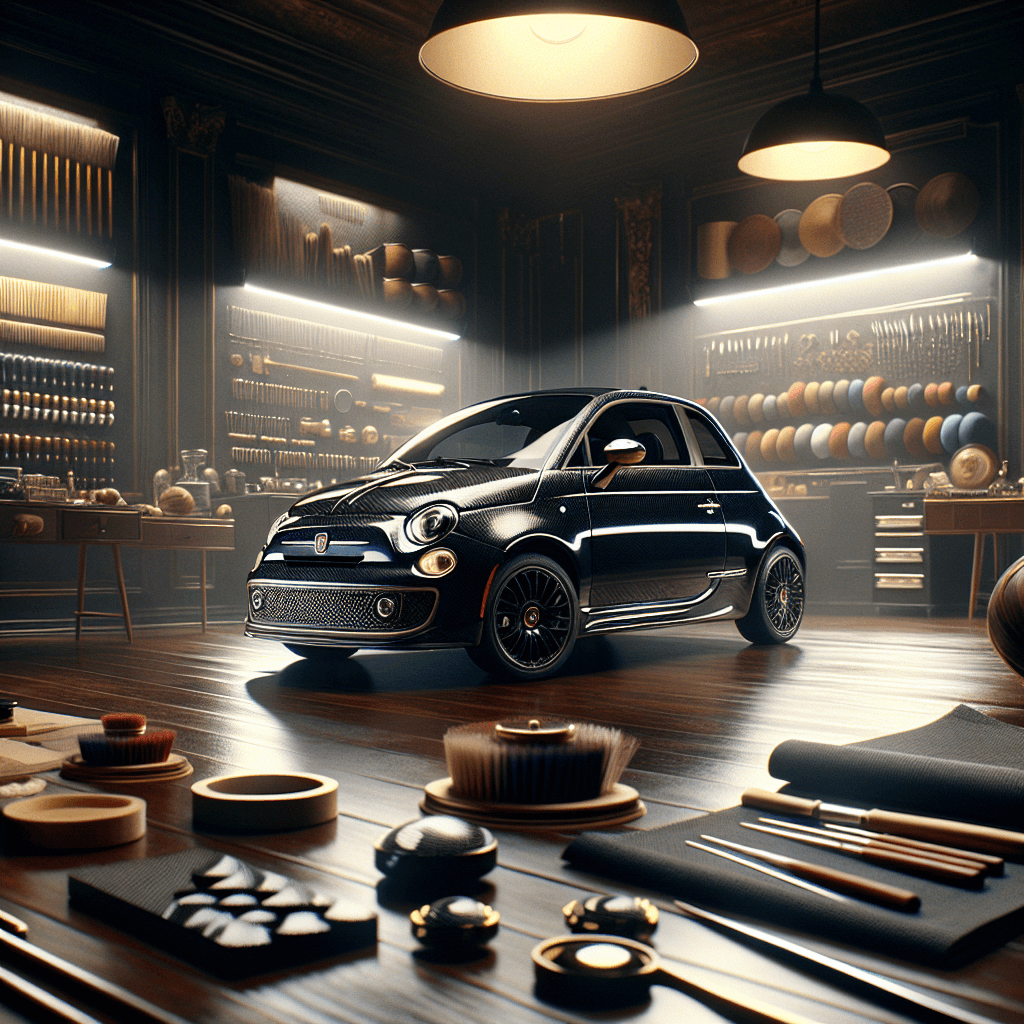How Fiat created the most stylish open-top runabout
The Fiat 500 Jolly, a charming emblem of Italian flair and leisure, epitomizes the carefree Mediterranean lifestyle. This iconic vehicle, with its open-top design and wicker seats, invites a dive into the nostalgic era of the 1950s and 60s, when Italy was basking in the glow of economic revival and cultural renaissance.
- The Genesis of the Fiat 500 Jolly
- Design and Craftsmanship of the Jolly
- Cultural Impact and Legacy
- The Jolly in Modern Day
- Collectibility and Preservation
The Genesis of the Fiat 500 Jolly
The story of the Fiat 500 Jolly begins in the late 1950s, a period marked by Italy’s rapid post-war transformation. The original Fiat 500, launched in 1957, was designed by Dante Giacosa and quickly became a symbol of economic recovery and mobility. However, it was the introduction of the Fiat 500 Jolly, also known as “La Spiaggina” meaning beach-ette, that added a layer of leisure and luxury to the utilitarian base model.
Commissioned by Fiat’s chairman Gianni Agnelli for use as a yacht tender and a playful beach car, the Jolly was coachbuilt by Ghia, a renowned Turin-based design house. Ghia transformed the standard Fiat 500 into a doorless wonder with a fringed canvas top, wicker seats, and a cut-down windshield, a design so whimsical yet practical for its intended use in posh resorts and marinas.
Collaboration with Ghia
The collaboration between Fiat and Ghia on the Jolly model was a testament to Italian craftsmanship. Ghia, known for its luxury car body designs, took the humble Fiat 500 and reimagined it as a chic, open-air runabout that appealed to the elite. The customization process involved handcrafting, which ensured that no two Jolly cars were exactly alike, adding to their charm and exclusivity.
Design and Craftsmanship of the Jolly
The Fiat 500 Jolly was not just a car; it was a masterpiece of design and craftsmanship. The removal of doors and the installation of a simple, yet elegant canvas roof suggested a vehicle not concerned with practicality but rather with style and enjoyment. The wicker seats, hand-woven and highly durable, were not only beautiful but also functional, providing ventilation and comfort in the warm coastal climates where the Jolly was often found.
Attention to Detail
Every aspect of the Jolly’s design was crafted with attention to detail. The choice of bright, cheerful colors mirrored the coastal landscapes and holiday spirits. The car’s compact size made it perfect for narrow, winding streets typical of Italian and Mediterranean towns. This meticulous attention to aesthetics and user experience is what set the Jolly apart as a true luxury item of its time.
Cultural Impact and Legacy
The Fiat 500 Jolly became more than just a vehicle; it was a cultural icon that captured the essence of La Dolce Vita—the sweet life. It was favored by celebrities, royalty, and the social elite, becoming a regular sight at high-end resorts along the Italian Riviera, the French Côte d’Azur, and even in the United States, from the Hamptons to Hollywood.
The Jolly’s association with leisure and luxury during a time of economic boom allowed it to transcend its utilitarian origins and become a symbol of an aspirational lifestyle. It represented freedom, joy, and the art of living well, themes that resonated deeply during the 1960s and continue to appeal today.
Influence in Media and Fashion
The Fiat 500 Jolly has been featured in numerous films, advertisements, and fashion shoots, further cementing its status as a style icon. Its unique design and cultural significance make it a favorite subject for photographers and filmmakers who wish to evoke nostalgia and timeless elegance.
The Jolly in Modern Day
Today, the Fiat 500 Jolly continues to be celebrated for its design and cultural impact. While the original models are highly sought after by collectors, the spirit of the Jolly lives on in modern interpretations. Fiat has recognized the enduring appeal of the Jolly, releasing special editions and concept cars that pay homage to the classic design while incorporating contemporary automotive technology.
Revival and Homage
In recent years, there have been efforts to revive the Jolly as a symbol of leisure and sustainability. Electric versions and modern reinterpretations equipped with eco-friendly technologies are being explored, demonstrating how classic design can meet modern environmental consciousness.
Collectibility and Preservation
The collectibility of the Fiat 500 Jolly is undeniable. With only a limited number produced during its original run, each Jolly is a prized possession for vintage car enthusiasts and collectors. The rarity and historical significance of the Jolly, combined with its unique design features, make it a valuable asset in any classic car collection.
Preservation Efforts
Preservation efforts for the Fiat 500 Jolly involve meticulous restoration to maintain its original features and charm. Enthusiasts and experts work together to source authentic parts, from the wicker seats to the specific paint colors, ensuring that each Jolly is restored to its former glory.
For further reading on the Fiat 500 Jolly and its cultural significance, explore authoritative sources such as the National Automobile Museum in Turin.



